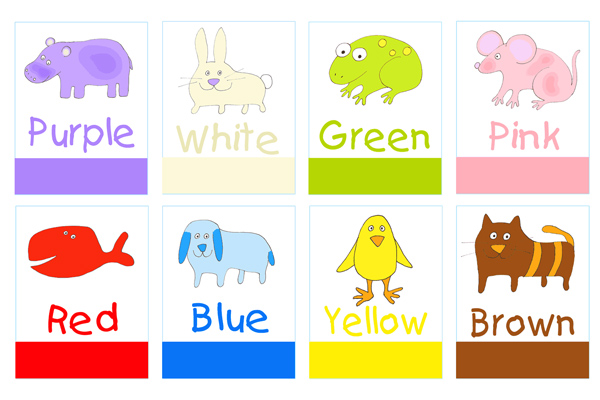Whenever you start with a new class it's always a good idea to start with your expectations.
 |
| Must and Mustn't is another good language point for reviewing classroom rules! |
I have used just three for the past three years which cover pretty much anything.
1. Come prepared (phones in your bag with your homework and books etc.)
2. Respect your classmates (pretty much any kind of unwanted behaviour can be filed under this!)
3. Respect the classroom (rubbish goes in the bin, tidy up etc...)
I imagine you have something similar. These rules are good for older kids and teenagers, but they don't work very well for conversation classes. Italian children spend most of their time working in silence or very quietly even in nursery, so a class where they are supposed to speak can be very novel for them. So this year I have been working on a new set which apply to kids from kindergarten all the way to the end of primary school.
1. Listen and look in silence when the teacher is talking.
2. Put your hand up and wait in silence to speak.
3. Use your "classroom voice".
The third one is particularly important as large classes can get deafeningly loud very fast and kids love to shout when they get over excited. The class will still be loud, but hopefully not disturbing the rest of the school! Try modelling unacceptably loud and quiet voices and see if they think that's Ok. Often when I whisper 'Can we speak like this?' the kids say 'yes' but of course you the teacher still need to be able to hear the kids at the back. Maybe talk about the fact that it's fine to shout when you play football or in the playground but not inside.
Essentially, the bigger the conversation you have about it with the children the more likely they are to remember the rule and the less likely you are to finish with no voice and a headache.
The key is to start every lesson eliciting the rules, until you have the class eating out of your hand. Kids love it as it's a routine and builds their trust in you. You love it because it reminds you of your own rules.
Kids may suggest other rules like 'no hitting'. When they do I always reply that it is true but that is a rule for little kids and that they know that already (even four year olds like to be flattered like this!).
 |
| Rules like this just make you want to try head butting someone! |
***
Ps. I didn't put speak English on there. I prefer to only use rules I am able to enforce. Demanding 24 eight year olds to speak in English only will not result in 24 eight year olds speaking in English only. I'll write more on getting children to speak English another day.
PPs. So what if it's no longer the first lesson and you forgot to set rules? No matter. Tell the kids that the previous lessons were part of a 'getting to know you/introductory phase' and that now that the course is seriously starting these are your rules... ;)






